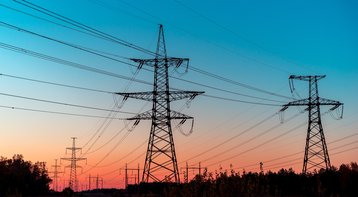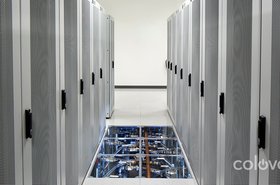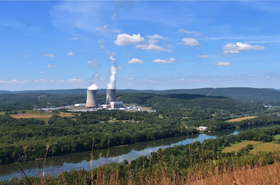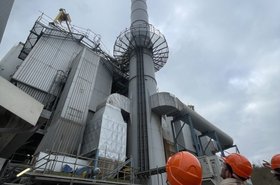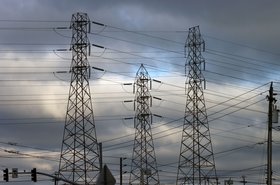New evidence suggests that artificial intelligence (AI) data centers are distorting the quality of electricity delivered to homes, heightening the risks of appliance damage and fire.
A Bloomberg report, using data from Whisker Labs and DC Byte, has shown that the proliferation of data centers supporting AI applications is putting unparalleled strain on US grid infrastructure and impacting the quality of power delivered to millions of consumers, especially in large data center markets like North Virginia.
The issue, known as "bad harmonics," happens when the normal flow of electricity in steady waves is disrupted, causing erratic spikes and dips in voltage. Unaddressed, sudden surges or sags in electrical supply can lead to sparks and even home fires.
However, the issues could be symptoms of a more significant problem.
"Harmonics are a pretty good canary in the coal mine for early signs of stress and problems," said Bob Marshall, CEO of Whisker Labs.
The report's analysis showed that more than three-quarters of highly distorted power readings in the US are within 50 miles of large data center activity. New facilities adjacent to large US cities have compounded this, further stressing the power grid.
The Bloomberg analysis showed a strong link between proximity to data centers and worsening harmonics. The analysis is based on data from Whisker Labs, which uses around one million residential sensors to track power quality.
More than half of the tracked households that showed the worst distortions of power quality are located within 20 miles of significant data center activity. According to US census figures, 3.7 million people live in the most impacted areas.
The issue of harmonics goes beyond whether there is enough power for basic appliances, as the distortion of energy flow means that its quality can be eroded, increasing the vulnerability of appliances to failure.
These issues are expected to increase as larger data centers are connected to the grid. Data centers can be built quickly, often within a year or two of announcement, which limits the extent of grid planning that can be completed to meet the power demands of these facilities.
It is especially important to understand the power system impact of AI "because it is such a big hammer" on the grid, said Hasala Dharmawardena, a senior member of the Institute of Electrical and Electronics Engineers.
Loudoun County, Northern Virginia, was pinpointed as a microcosm of the correlation between data centers and bad harmonics. The data analysis revealed that around 1.7 percent of sensors in the average county had at least one monthly reading that exceeded the eight percent threshold for bad harmonics. In Loudoun, the share was more than four times higher than average.
The problems in the US market have been worsened by the lagging investment in its electricity grid. In recent years, power use in the country has been essentially flat. However, according to a Grid Strategies report from last year, it is expected to increase by almost 16 percent over the next five years.
The report contends that harmonic issues will likely worsen without significant investment in grid infrastructure. The US Department of Energy announced several investments in the US grid infrastructure over 2024. In October, it announced up to $2 billion in funding for 38 projects across 42 states to improve the resilience and reliability of the US power grid.
However, the level of investment needed far exceeds current commitments. Rystad Energy warns that $3.1 trillion of grid infrastructure investments are required before 2030 to facilitate renewable integration and large-load customers' connection to the grid.
The report notes that other factors, such as solar generation and electric vehicle deployment, can also lead to harmonic issues. However, the Bloomberg analysis suggests that the correlation between bad harmonics and data center proximity is too evident to be considered coincidental.

